
In a world advocating for AI, we advocate for humans
AI should enhance creativity, not replace it. StoryTribe empowers humans to create more, keeping art and storytelling in our hands.
Yunmie & Joe
StoryTribe Team
A storyboard combines written and visual language, helping you to plan and organise your ideas, and bring them to life in a visual format. It has its roots in the film industry, but is now widely used in a variety of fields, including business, education, and even user experience (UX) design.
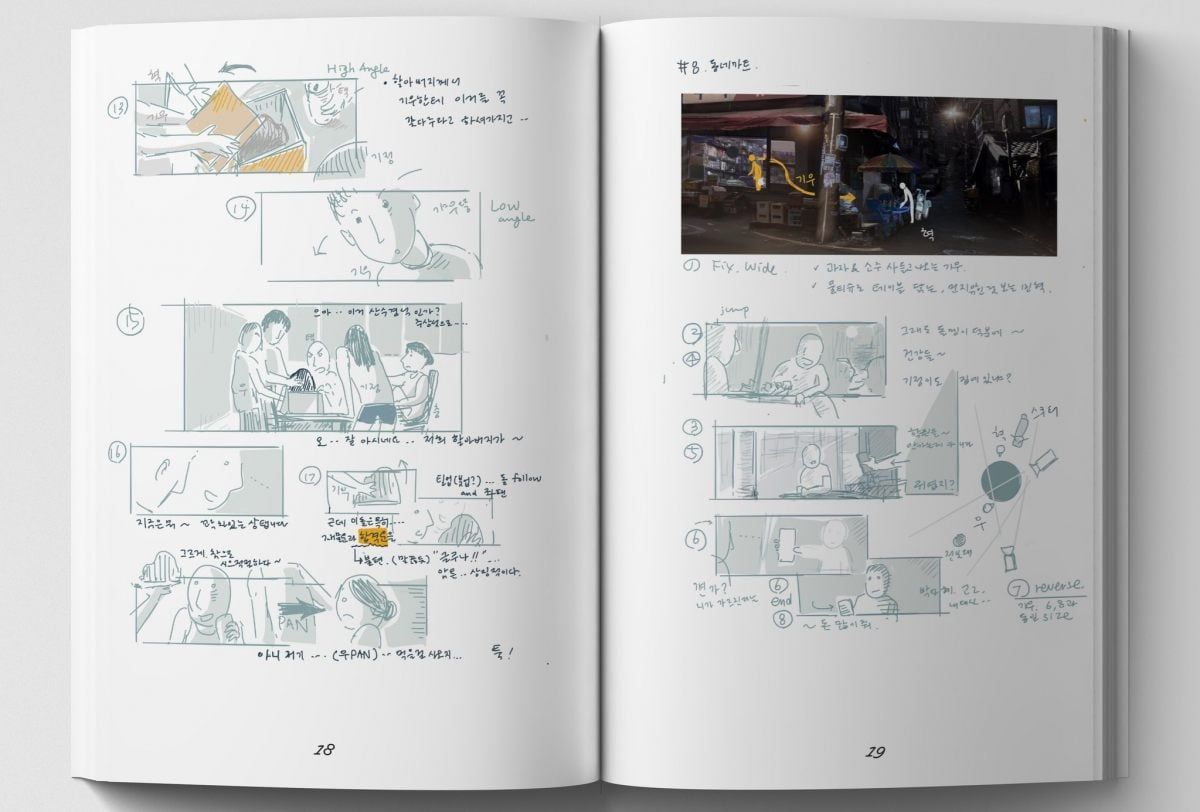
A storyboard is a visual representation of a story or concept, typically used in the planning and development stages of film, television, animation, and other forms of multimedia. It is a tool that helps creators to plan and organise their ideas, and to communicate them effectively to their team members and stakeholders.
A storyboard typically consists of a series of frames or panels, each representing a specific moment or scene in the story. These frames are usually accompanied by brief descriptions of the action and dialogue, as well as any relevant notes or instructions. Some storyboards may also include sketches or illustrations to help convey the mood and style of the story.
The benefits of using a storyboard are numerous. By combining images and text, a storyboard allows creators to convey both the visual and narrative aspects of their story in a clear and concise way. This makes it an effective tool for communication, as it helps to ensure that everyone is on the same page and understands the vision for the project.
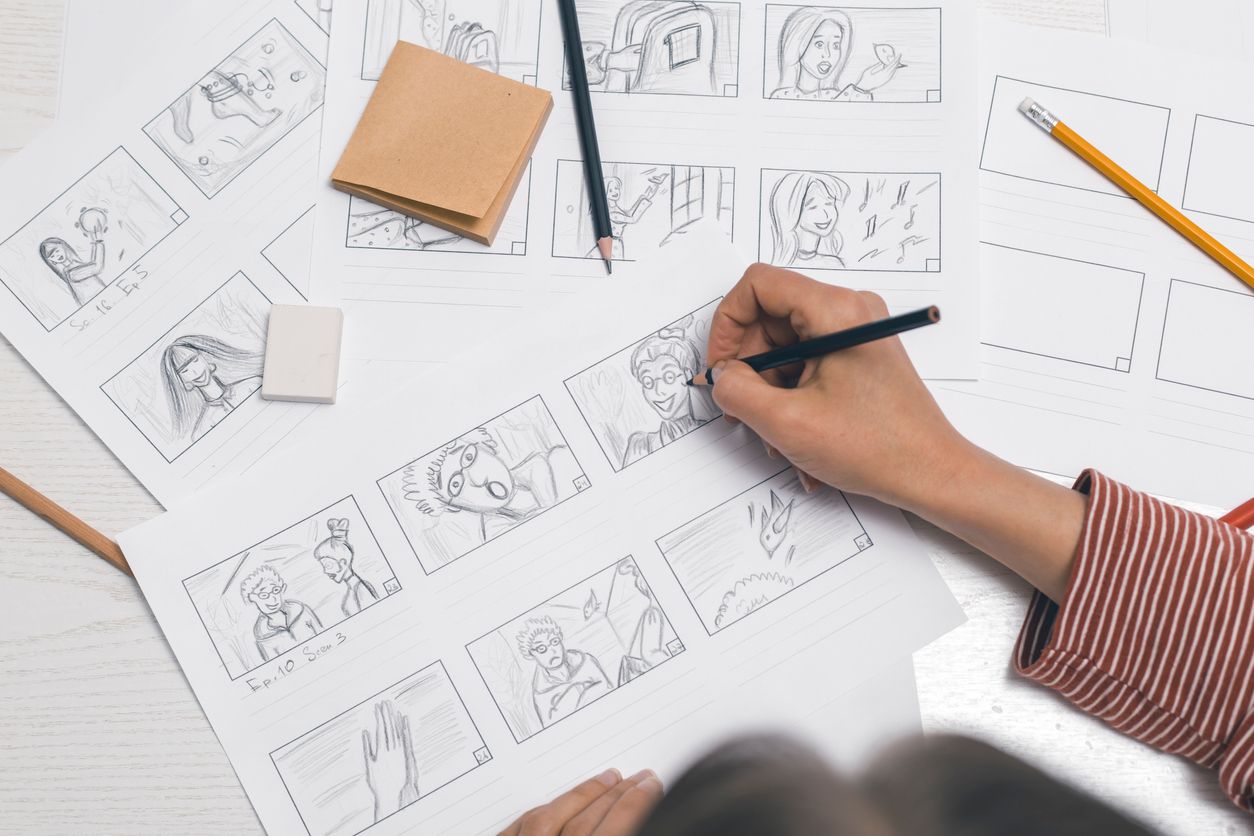
Storyboards were originally used in the film industry as a way to plan and visualise the shots and sequences that would be used in a movie. This was especially important in the early days of cinema, when it was difficult to communicate ideas to the crew and actors without a clear visual reference.
As film technology has evolved, so too have the uses of storyboards. Today, they are widely used in a variety of fields, including business, education, and even in the design of user experiences (UX).
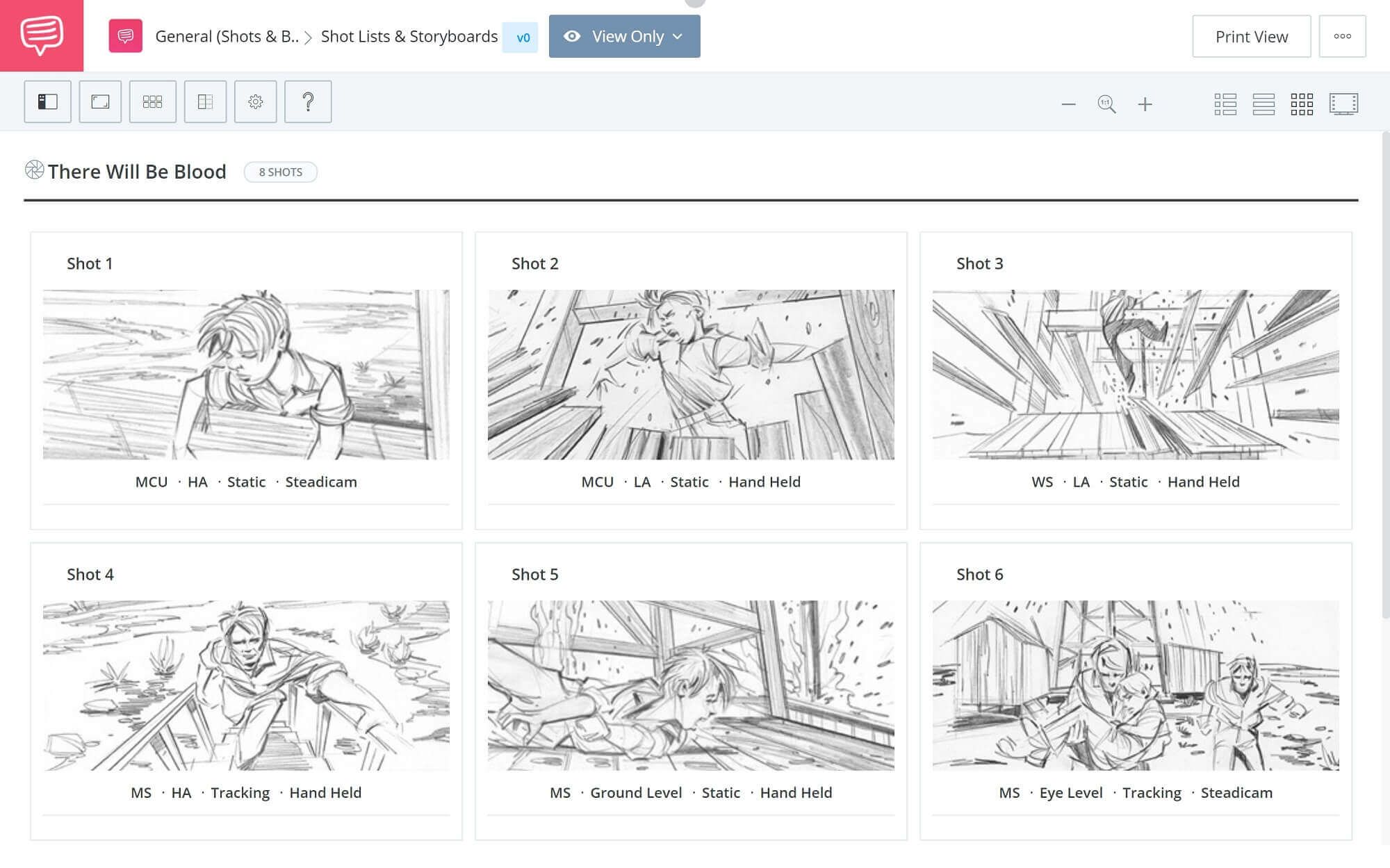

In the business world, storyboards are often used as a way to plan and visualise a variety of content, including business strategy, new product vision, customer journey, marketing campaigns, and more. They allow companies to see how their ideas will look and feel in a visual format with realistic scenarios, and to make any necessary adjustments before moving forward with production. By using a storyboard, businesses can effectively communicate their ideas to their team members and stakeholders, ensuring that everyone is on the same page and working towards a common goal.
In the education sector, storyboards are a useful tool for teachers to plan and present lesson content in a visually appealing way. They can be used to create interactive presentations, explain complex concepts, and engage students in the learning process. Additionally, storyboards can be a valuable tool for students to use in the learning process. Many teachers assign homework that involves creating a storyboard to illustrate a new idea or concept. This helps students to organise their thoughts and to visualise their ideas in a clear and concise way. By using a storyboard, students can effectively communicate their ideas to their teachers and peers, and gain a deeper understanding of the material.

In the field of UX design, storyboards are often referred to as UX storyboards. These are powerful tools that help designers to think through the user experience and identify any potential issues or obstacles before beginning the detailed design process. Here are a few examples of how storyboards are used in UX design:
Overall, UX storyboarding is a valuable tool for designers looking to create engaging and effective user experiences.
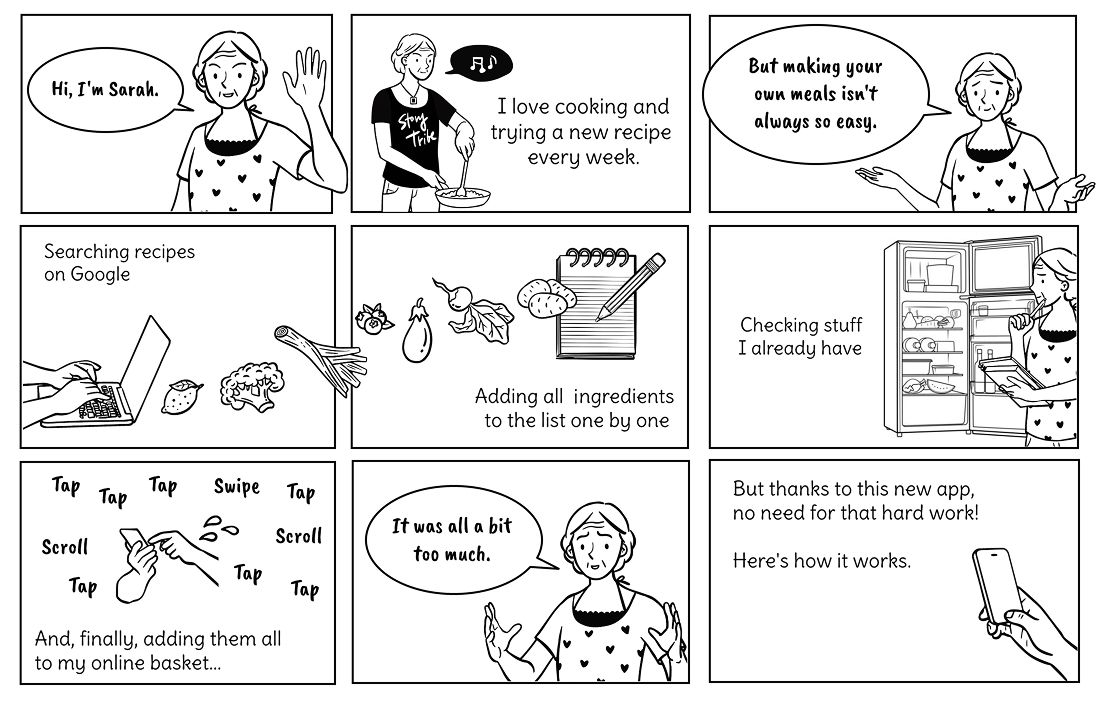
StoryTribe is a new storyboarding tool that is designed to meet the modern needs of business and education.
One of the key features of StoryTribe is its extensive library of character templates available for use. These templates are customisable in just a few clicks, allowing users to create unique and engaging storyboards that stand out from the crowd. Whether you are working on a marketing campaign, a business strategy, or a lesson plan, StoryTribe has the tools you need to create a professional and visually appealing storyboard.
StoryTribe launched in March 2024, and over 50k users have signed up since. If you're looking for a storyboarding tool that will help you communicate your ideas more effectively, do not hesitate and try out StoryTribe today. With its easy-to-use interface and customisable templates, StoryTribe is the perfect tool for bringing your ideas to life in a clear and visual way.
Sign up today and start creating!

AI should enhance creativity, not replace it. StoryTribe empowers humans to create more, keeping art and storytelling in our hands.
Yunmie & Joe
StoryTribe Team
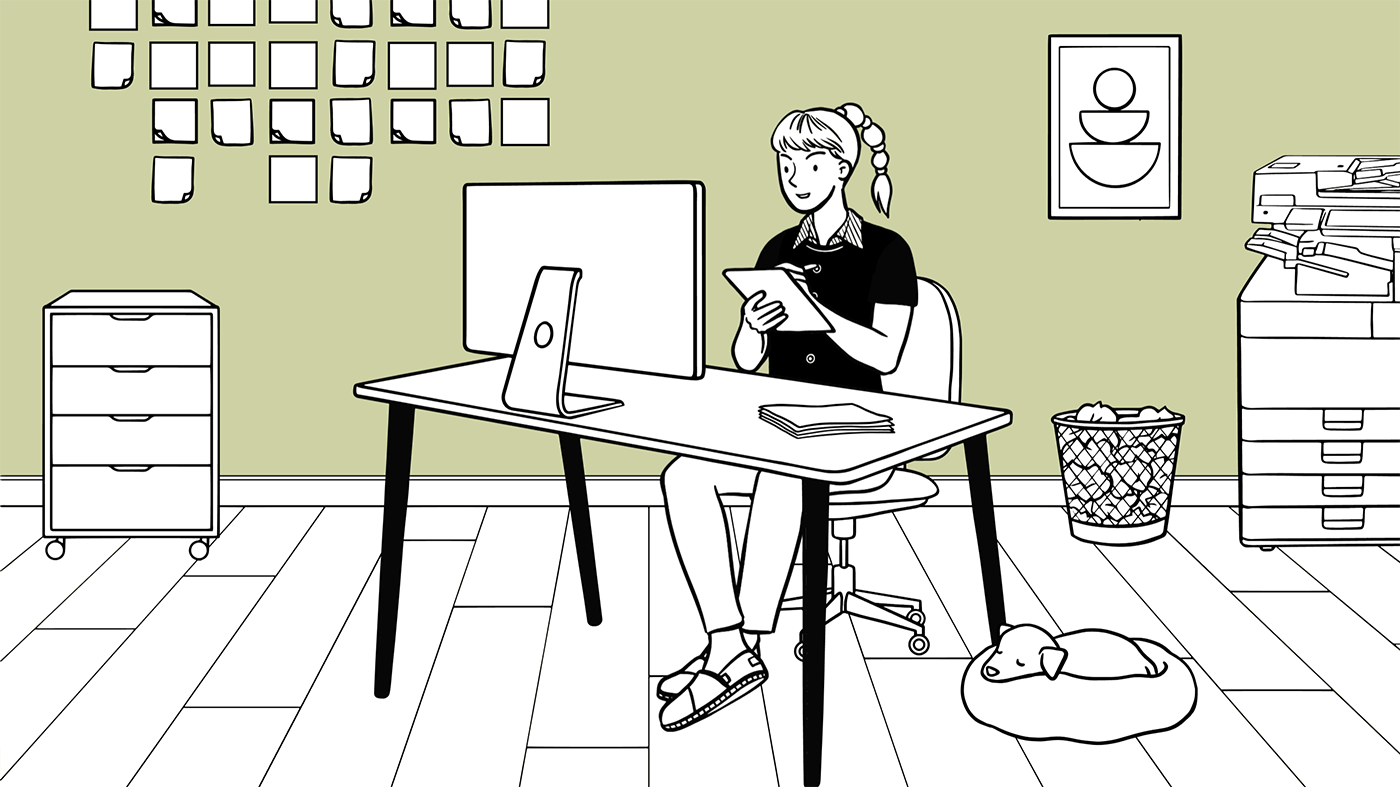
In a world where attention spans are shrinking and visuals dominate our screens, the right technique for visual communication has become more crucial. Here’s why StoryTribe aims to redefine how we share and understand ideas.
Yunmie Kim
Multimedia Specialist

In this blog, I'll talk about some common problems people experience when using AI to generate visual content, and how a different approach could solve these problems.
Yunmie Kim
Multimedia Specialist